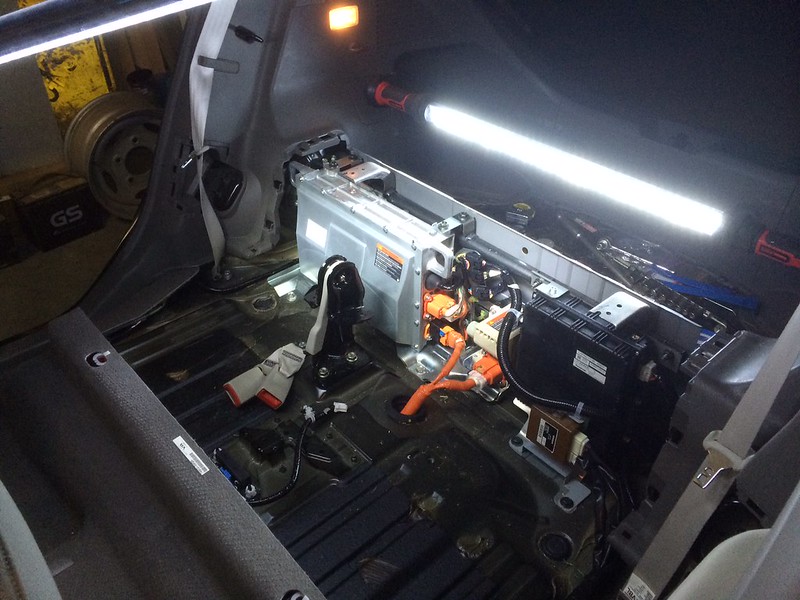miscrms
Well-known member
I know there has been some discussion of this in the past, but the conversation seems to quickly devolve into "just buy a Brusa"  I get why that may make more sense in many cases, but with the availability of used Leaf parts picking up it still seems like this could be a path to faster charging for a lot less money in the 3.3kW limited Leafs.
I get why that may make more sense in many cases, but with the availability of used Leaf parts picking up it still seems like this could be a path to faster charging for a lot less money in the 3.3kW limited Leafs.
As the title indicates, it seems like there might be two main approaches to a budget upgrade for 2011-2012 charge rate.
1) Add a second 2011-2012 charger in parallel to the stock charger, presumably with the addition of a dual bus CAN controller to arbitrate between the two. It would seem like you could set this up so one charger is a "master" that communicates bidirectionally with the EV_CAN and the other a "slave" unit that doesn't get to talk on the bus but gets relayed the appropriate CAN instructions. The second unit could be directed to charge at the LBCs charge request power minus whatever the stock OBCs current charge power is. The I guess you'd be back to needing to modify the communication to the EVSE or use two separate power sources for the two chargers as with the Brusa upgrade.
2) Replace the stock charger with a 2013+ unit, presumably would also require a dual bus CAN controller to sit between the charger and EV_CAN and translate between the 2011/12 and 2013+ messages. In this case I would assume the 2013+ charger would communicate the correct increased charge rate to the EVSE?
Any thoughts on how feasible this is, and whether the charging CAN messages are well enough understood at this point to make it work?
Thanks,
Rob
As the title indicates, it seems like there might be two main approaches to a budget upgrade for 2011-2012 charge rate.
1) Add a second 2011-2012 charger in parallel to the stock charger, presumably with the addition of a dual bus CAN controller to arbitrate between the two. It would seem like you could set this up so one charger is a "master" that communicates bidirectionally with the EV_CAN and the other a "slave" unit that doesn't get to talk on the bus but gets relayed the appropriate CAN instructions. The second unit could be directed to charge at the LBCs charge request power minus whatever the stock OBCs current charge power is. The I guess you'd be back to needing to modify the communication to the EVSE or use two separate power sources for the two chargers as with the Brusa upgrade.
2) Replace the stock charger with a 2013+ unit, presumably would also require a dual bus CAN controller to sit between the charger and EV_CAN and translate between the 2011/12 and 2013+ messages. In this case I would assume the 2013+ charger would communicate the correct increased charge rate to the EVSE?
Any thoughts on how feasible this is, and whether the charging CAN messages are well enough understood at this point to make it work?
Thanks,
Rob

